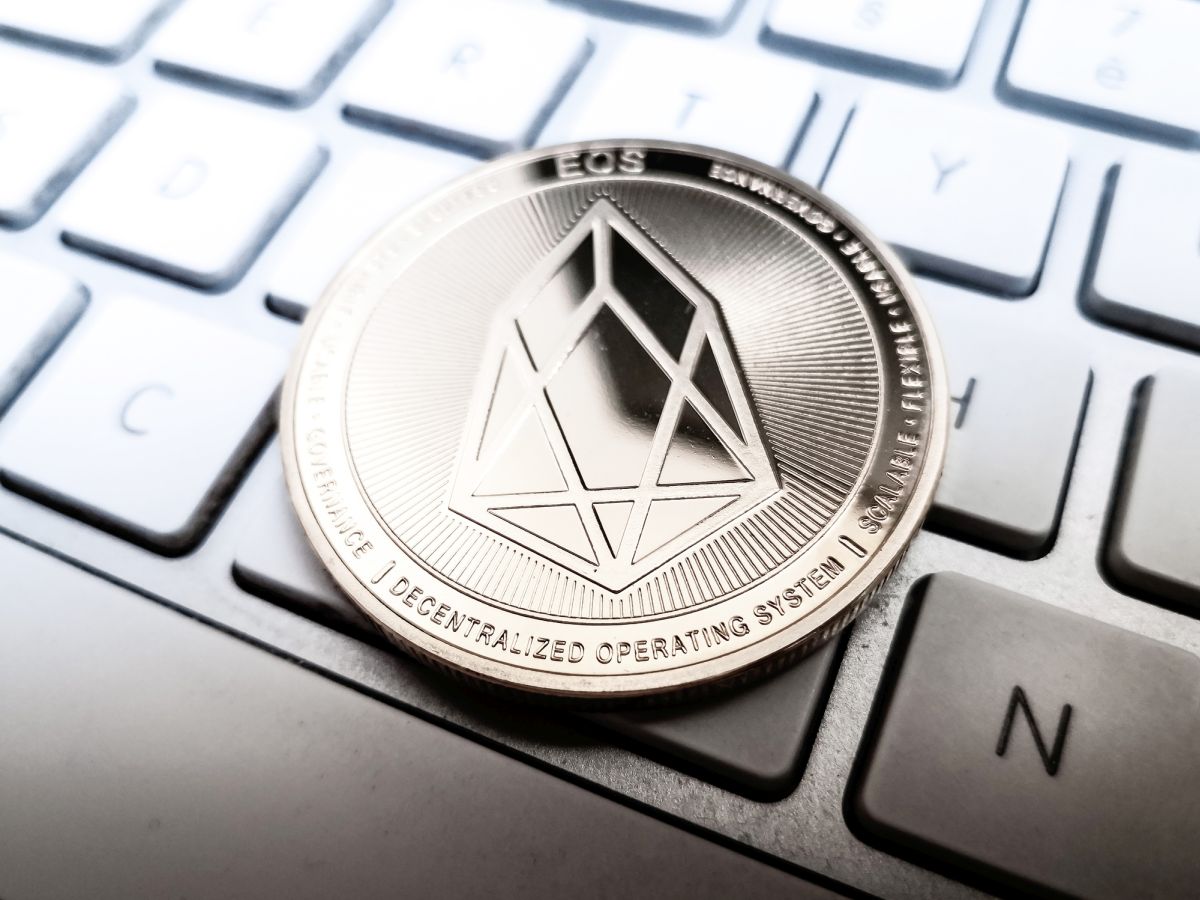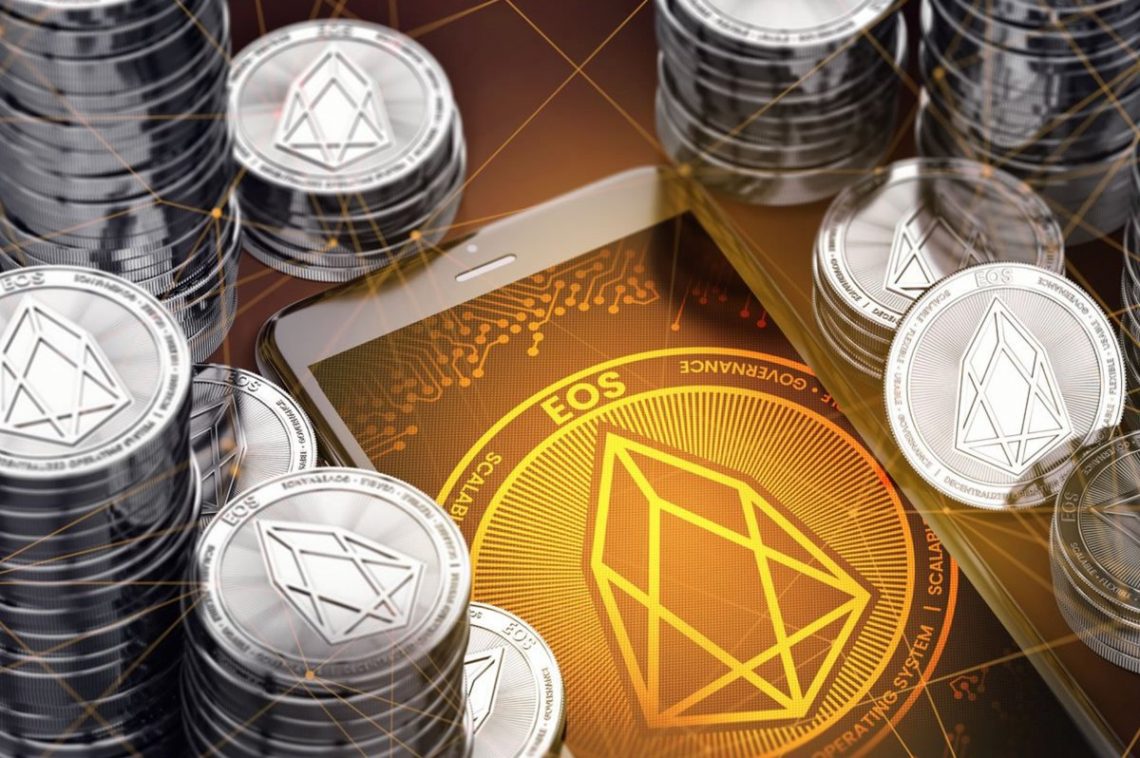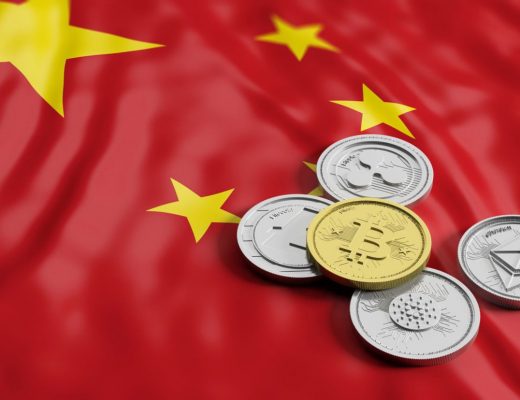EOS network: why coins had to be burned
The EOS network is a decentralised system that operates via block technology. The purpose of this platform is to support applications, including DAPP, which is used for Ethereum. The network allows processing a huge number of transactions in a minimum of time, so that it is possible to generate whole blocks for miners. The latter benefit from EOS, and user costs are quite low. The whole mechanism functions thanks to the inflation rate of EOS-tokens, which is built into the technology.
Recently, there has been a problem with redundant assets in the system, which networks are dealing with in a fairly original way. The EOS has burned 132 million dollars worth of coins. In addition, the growth of coins has been limited to 1%, although the protocol requires an annual increase of 5%.
However, not all developers of the network agree with this decision. One of the managers of Block.One, Brendan Bloomer, said that the voting on this method of maintaining the system balance was carried out without their representatives. However, it is known that talks about such a way out of the situation have been going on for a long time, and only this year it was possible to implement the plans.
Previously, the coins that were issued by the platform remained in the EOS.saving account. After it was decided to get rid of them, all assets there were burned. Now new coins come directly to the block miners, without the possibility of saving in your account.
It is worth noting that this is not the first time that EOS has resorted to this option to eliminate redundant assets. Previously, the coins were burned last spring. At that time, $34 million was neutralized. These assets can be used as a tool for voting and a number of other network operations, rather than a working account is a threat to the security of the platform as a whole.

The account is reset according to the rule that EOS coins cannot be kept for longer than 3 years. After this period they can be withdrawn. In this case the network decides which accounts will be frozen.
Now the total turnover of EOS coins is about 1 billion, almost 50% of this amount is in the blocked account eosio.stake, 5-10% of coins belong to the whales.
Network operation has slowed down, which is associated with the production of EIDOS tokens. Despite claims of transaction delays, management says the bandwidth is high.
Problems in EOS were observed last fall, when the volume of contracts processed per day decreased by almost 43 percent. This result was brought about by a new airdrop, which is similar to Fairwin, which is used in the Ethereum block.










